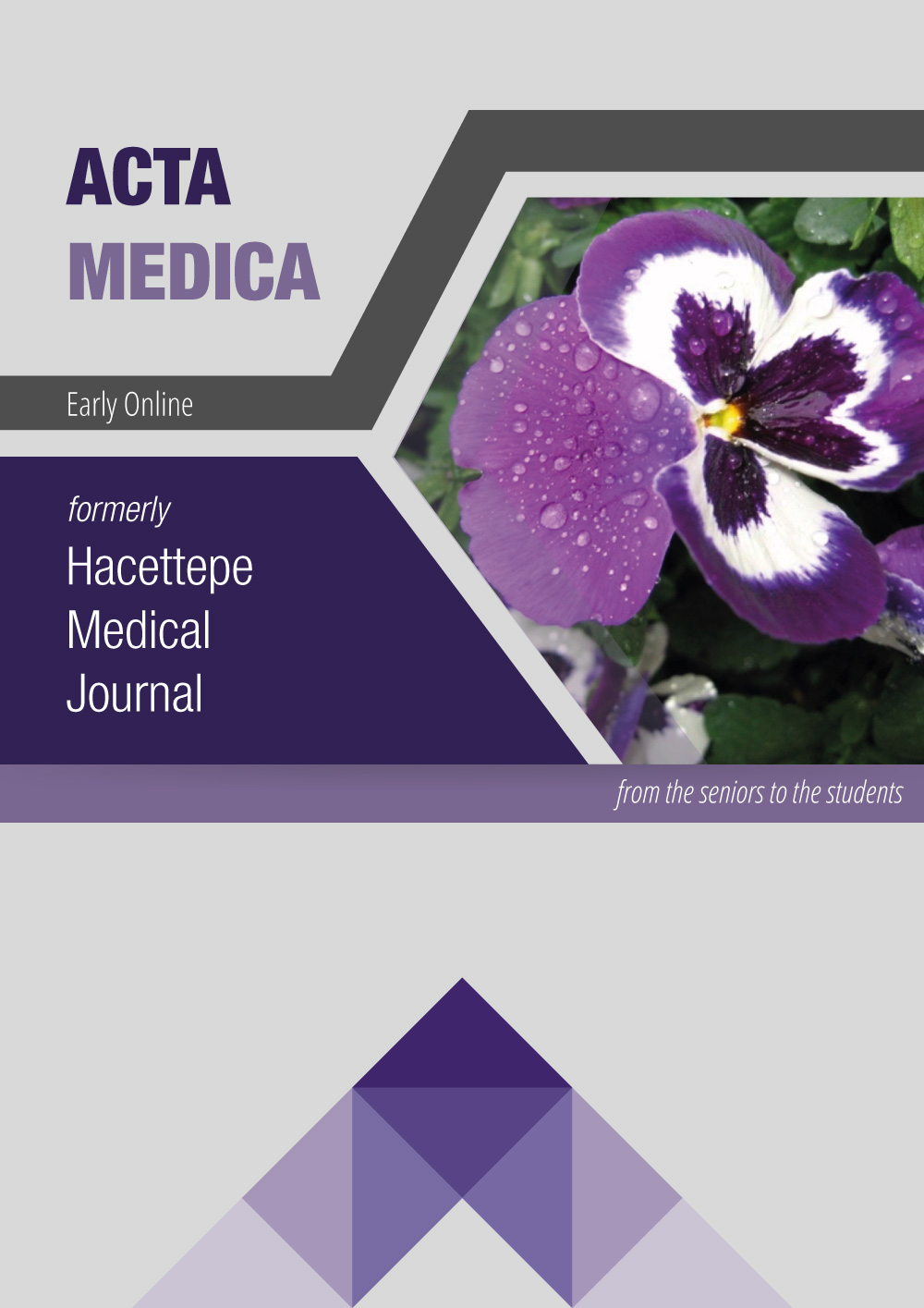F18-FDG Cardiac PET/CT: An alternative tool for myocardial viability determination prior to coronary revascularization decision in severe ventricular dysfunction
DOI:
https://doi.org/10.32552/0.ActaMedica.415Abstract
Purposes: The aim of the present study was to evaluate clinical value and accuracy of Fludeoxyglucose Cardiac Positron Emission Tomography Computerized Tomography (FDG C-PET/CT) as an alternative tool for myocardial viability determination prior to coronary revascularization decision in lower left ventricular ejection fraction (LVEF) patients. We accepted lower LVEF as 35% or less for the study. FDG C-PET/CT is reported to be the gold standart for myocardial viability detection among other techniques such as thallium-201 rest-redistribution scintigraphy myocardial perfusion imaging and dobutamine stress echocardiography.
Materials and Methods: Between the dates of 01.01.2010 and 10.07.2019, 191 consecutive patients (mean age 64±9.1 years) underwent CABG operations with severe LVEF dysfunction with 35% or less. These impaired LVEF patients were calculated as the 4.4% total CABG cases. Myocardial viability was also studied and elaborated by F18-FDG C-PET/CT for all cases. Elaboration was detailed as viable myocardial tissue, hibernated myocardial tissue or necrosis areas (scars, nonviable tissue) via segmentally images of the heart. Final surgical decision was primarily depended on F18-FDG C-PET/CT for the majority of cases.
Results: 191 CABG operations were performed. Perioperative deaths occured in 18 (9.4%) cases. Mortality reasons were prolonged CPB in 4 (2%) cases, severe and unmanageable ventricular arrhytmias in 5 (2.6%) cases, MOD with prolonged intubation in 6 (3.1%) cases and major neurological complication in 2 (1%) cases. Our mean coronary graft number was 3.5±0.8. LIMA was used in the majority of cases (n=176, 92.1%). LIMA was anastomosed to LAD for each case. IABP insertions were applied in 81(42.4%, 43 cases intraoperatively, 38 cases at ICU) patients. 236 patients with impaired LVEF and severe coronary artery disease were evaluated by F18-FDG C-PET/CT prior to operation. 191 cases (80.9%) were accepted as canditates for revascularization with multiple viable segments.45 cases (19.1%) presented transmural scar tissue (non-viable) images by FDG uptake analysis. This group cases were considered to be with non-beneficial results from revascularization. Thus, these patients were referred to medical treatments. Mean number of viable segments on F18-FDG C-PET/CT were calculated as 5.2±1.4 for each patient.
Conclusions: The presence of myocardial viability is crucial to define reasonable canditates for revascularization in cases with lower LVEF. Among other preoperative viability detection techniques such as dobutamin echocardiography and myocardial perfusion scintigraphies, F18 FDG cardiac PET/CT is accepted as the ‘Gold Standart’ for segmental analysis on basis of distinguishing scar tissue from viable components. We strongly advocate F18-FDG cardiac PET/CT to be a suitable and effective tool to evaluate CABG indications in severe ventricular dysfunction.

